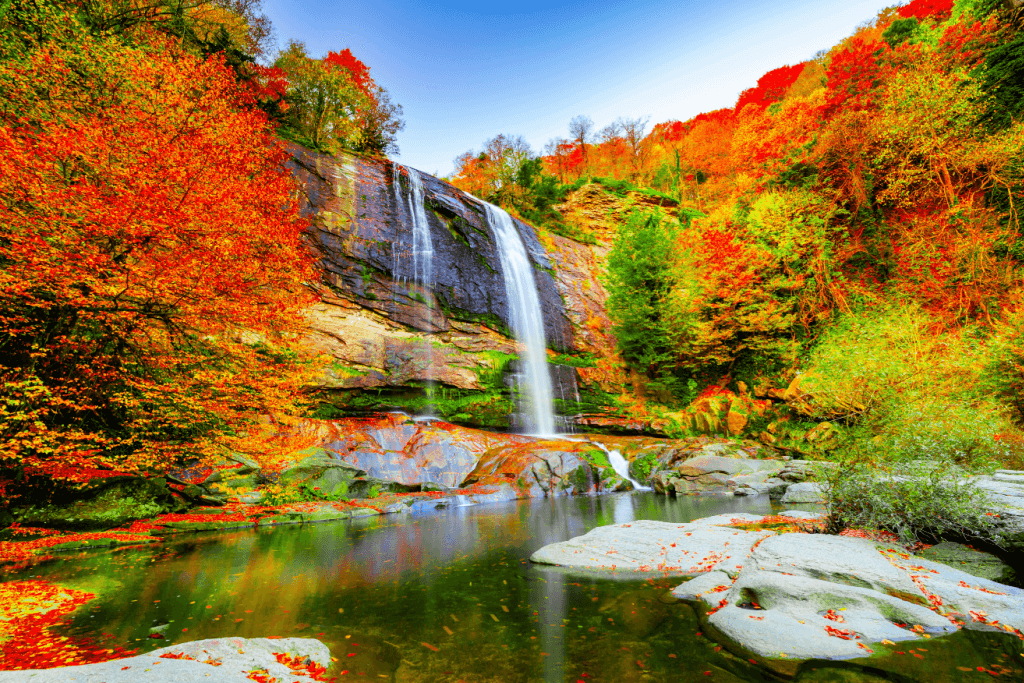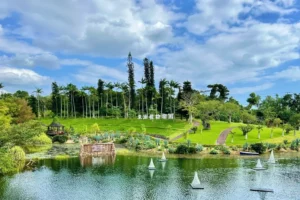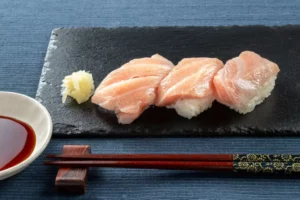Autumn in Japan is a season of vibrant transformation that enchants travelers worldwide. Japan unveils its unique charm in this captivating season’s crisp, cool air as the lush green landscapes shift into a mesmerizing red, orange, and gold tapestry.
Table of Contents
ToggleWhat is autumn like in Japan?
It’s a breathtaking and culturally rich season that attracts travelers worldwide. Also known as “秋” (aki), autumn spans from September to November and is characterized by its cool, crisp air, vibrant foliage, and a host of traditional celebrations.

One of Japan’s most captivating aspects of autumn is the stunning transformation of the country’s landscapes. As temperatures drop, the lush green leaves of Japan’s trees become a mesmerizing palette of warm, rustic colors.
This phenomenon, known as “koyo” or autumn leaf viewing, is a beloved pastime for locals and tourists alike. Moreover, some of the best places to witness this natural spectacle include Kyoto’s Arashiyama Bamboo Grove, the iconic Japanese maple trees of Momiji Tunnel in Hokkaido, and the historic streets of Nikko.
What are some popular activities during autumn in Japan?
In addition to koyo, people enjoy various activities during Japan’s autumn. The pleasant weather invites outdoor exploration, with hiking and nature walks providing a fantastic opportunity to appreciate the vibrant foliage. Culinary delights abound as autumn brings ingredients like matsutake mushrooms, chestnuts, persimmons, and Pacific saury fish, making it a food lover’s paradise.
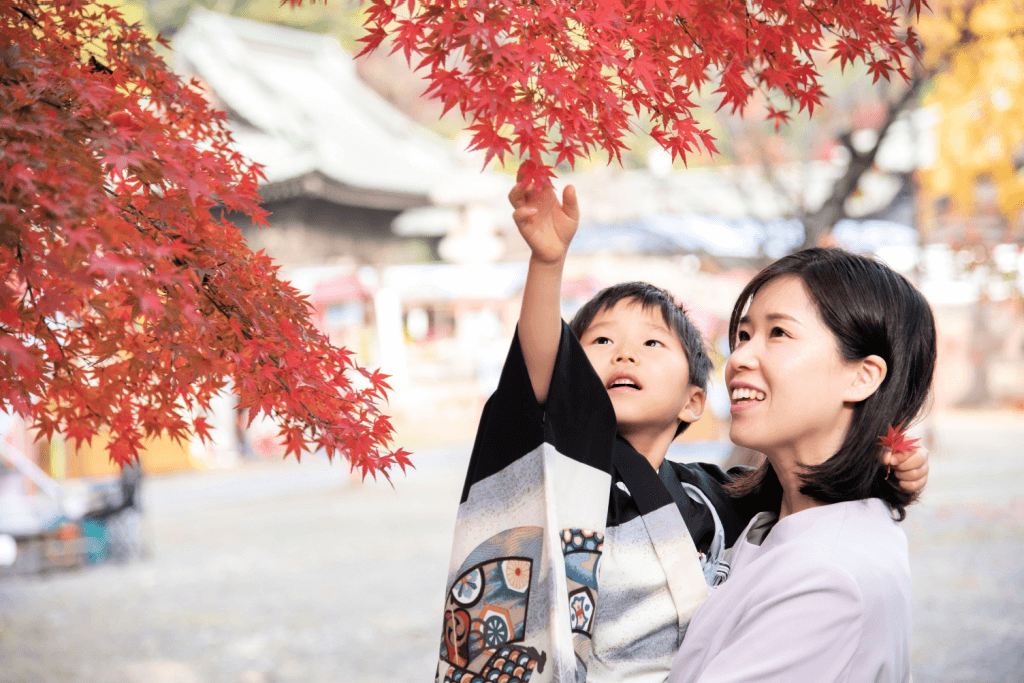
Onsen retreats offer relaxation amid picturesque landscapes while cycling through scenic routes immerses travelers in the season’s beauty. Additionally, art and craft festivals, temple and shrine visits, fruit picking, and cultural performances provide diverse experiences for those seeking to make the most of this captivating season in Japan.
It’s also a time of numerous cultural festivals and events in Japan. The Tsukimi or Moon Viewing Festival is the most famous, held in September or October. During this event, people gather to admire the full moon and enjoy traditional foods like dango (rice dumplings). Additionally, you can experience “Shichi-Go-San” in November, a celebration of children’s growth and well-being, where families dress up their young ones in kimonos and visit shrines.
Are you looking to enjoy some delicious snacks this autumn? Check out Sakuraco! Sakuraco delivers traditional Japanese snacks, teas, sweets, and snacks from local Japanese makers directly to your door so you can enjoy the latest treats directly from Japan!
What places in Japan should I visit during this time of year?
For a captivating autumn experience in Japan, consider visiting Hokkaido, where the Daisetsuzan National Park and Biei’s rolling hills burst with vibrant foliage. Mount Fuji and the Fuji Five Lakes region offer iconic views of the changing leaves alongside Japan’s most famous peak. In Kanazawa, the Kenrokuen Garden showcases stunning autumn colors, making it a must-visit destination for leaf peeping.
Other notable spots include:
Lake Chuzenji (Nikko)
Lake Chuzenji in Nikko, nestled amidst the Nikko Mountains of Tochigi Prefecture, is a serene highland lake that transforms into an enchanting autumn wonderland. Its picturesque beauty is epitomized by the vibrant hues of red, orange, and yellow foliage that reflect off its clear waters. Visitors can partake in leisurely lakeside strolls, rowboat rides, and hiking adventures, all while basking in the mesmerizing scenery.
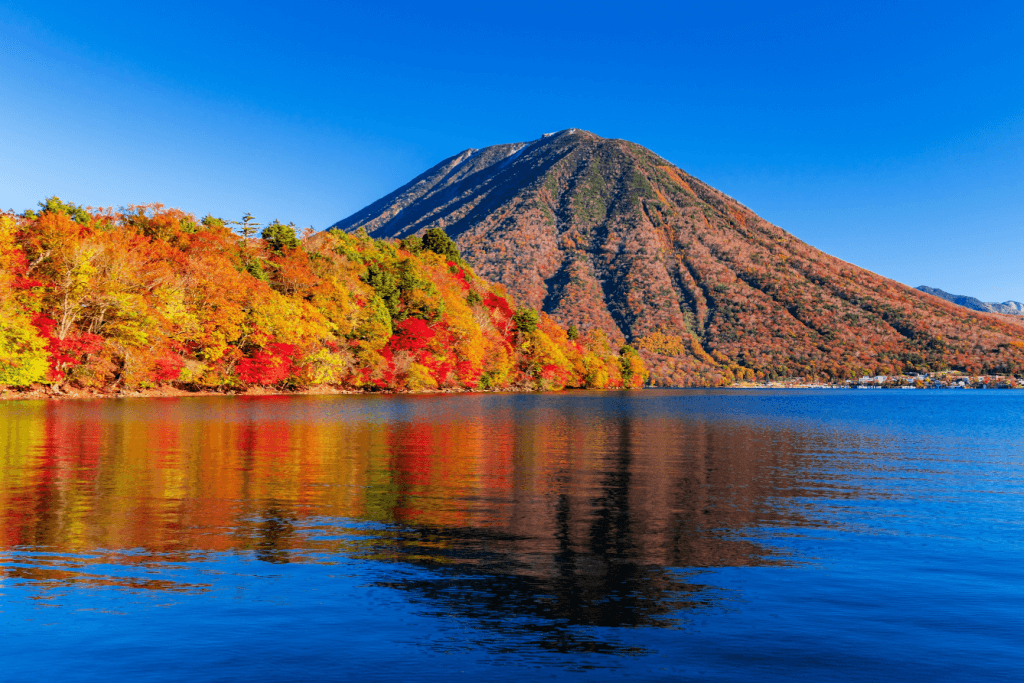
Nearby, the Kegon Falls, surrounded by fiery autumn leaves, also offer a breathtaking spectacle. For ultimate relaxation, the region boasts therapeutic hot springs (onsen). Easily accessible from Tokyo, Lake Chuzenji is an idyllic destination that seamlessly blends natural splendor with cultural charm during autumn.
Ginkaku-ji (Kyoto)
Ginkakuji, also known as the Silver Pavilion, is a cultural gem in the heart of Kyoto, Japan. This Zen Buddhist temple, renowned for its architectural elegance and tranquil gardens, holds a special allure during autumn. As the vibrant foliage adorns the surrounding landscape, Ginkakuji’s iconic silver-topped temple building stands in striking contrast, creating a captivating sight.

Visitors can explore meticulously designed moss gardens, meandering stone pathways, and the famous Sea of Silver Sand. Rich autumn colors surround it. Ginkakuji’s serene ambiance and blend of nature and architecture make it a must-visit for those seeking Japan’s autumn beauty.
Icho Namiki Avenue (Tokyo)
Icho Namiki Avenue, situated in Tokyo, is a stunning urban destination that shines during autumn. This iconic avenue is renowned for its beautiful ginkgo trees. They line both sides of the street, creating a vibrant golden canopy overhead. As the leaves turn a brilliant shade of yellow, Icho Namiki Avenue becomes a breathtaking tunnel of ginkgo trees. It casts a warm and enchanting glow.
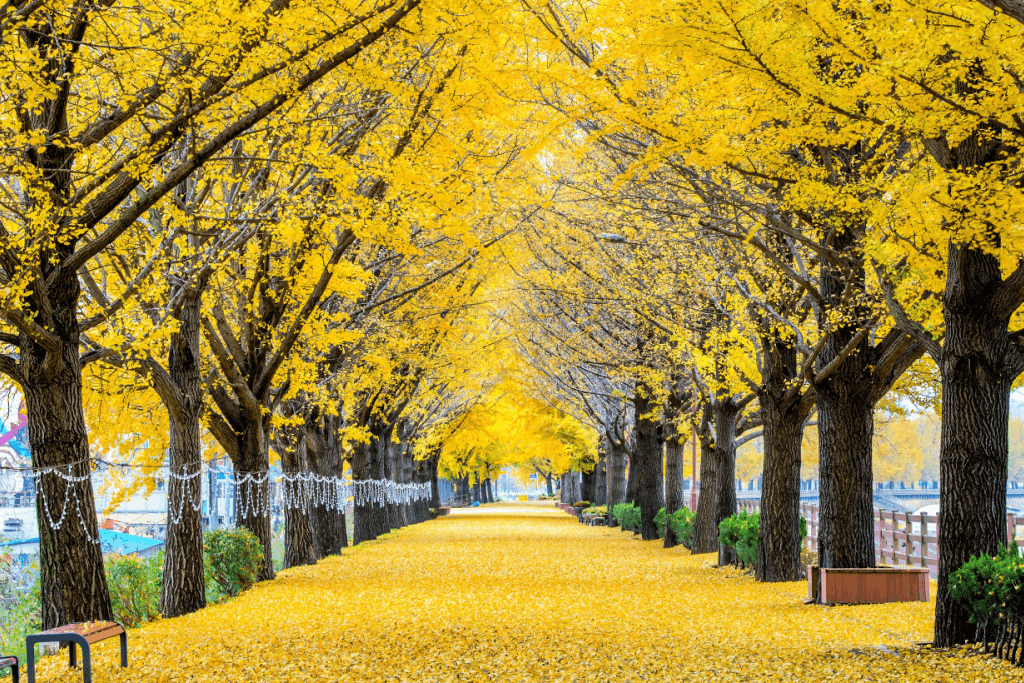
Moreover, you can also stroll under the golden arches, enjoying the serene atmosphere and the gentle leaves rustling in the autumn breeze. Icho Namiki Avenue is a perfect spot to immerse yourself in the seasonal splendor of Tokyo, where the ginkgo trees transform the cityscape into a picturesque haven of fall colors.
Why should I visit Japan in autumn?
Unlike the peak spring tourist season of cherry blossoms (sakura), autumn offers a more tranquil experience because it’s less crowded. So you can better appreciate the beauty of the changing leaves, explore historic sites at your own pace, and immerse yourself in the local culture without the hustle and bustle.

Moreover, Japan’s famous hot springs, or “onsen,” are particularly inviting during the cooler autumn months. Soaking in a steaming bath surrounded by colorful foliage is a rejuvenating experience. Some renowned onsen destinations include Beppu in Kyushu and Kusatsu in Gunma Prefecture.
In conclusion, autumn in Japan is a magical time when nature dons its most vibrant attire, and the country comes alive with cultural festivities and culinary delights. Whether you’re a nature enthusiast, a gourmand, or simply seeking a tranquil escape, Japan’s autumn season undoubtedly offers something for everyone. Would you ever visit Japan during autumn? What would you like to do? Let us know in the comments below.


